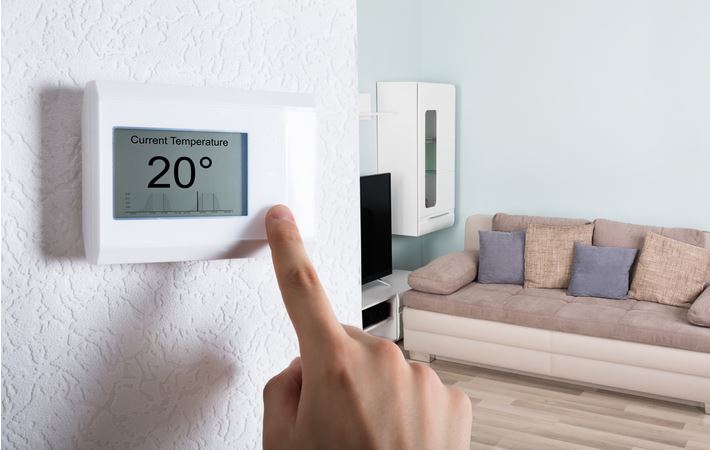Even if your old furnace is working well, keeping you and your family warm and comfortable through another winter, you may be spending more money than you think - and certainly, more than you have to.
Although the cost of replacing your furnace may seem like a high, unnecessary cost, it may be one of the smartest things you can go for both efficacy and cost-savings reasons.
If you have an older furnace, here are some things to think about so you can minimize your costs this long Manitoba winter.
Energy Efficiency & Consumption
If you have an older furnace, chances are it’s not as efficient as it can be. Older units consume more energy to heat your home, and higher energy consumption means a costly heating bill.
In Canada, furnace energy efficiency is measured by the annual fuel utilization efficiency (AFUE) rating. The higher the AFUE rating, the more efficient the unit is, meaning it achieves maximum productivity with minimum wasted effort or expense.
Most older furnaces have an AFUE rating of between 56%-70%, which equals a lot of wasted energy. In comparison, modern high-efficiency furnaces have an AFUE rating between 90% and 98%. The difference in these ratings can potentially save you up to 45% of your fuel bill each month.
And when calculated annually, these savings are significant and can quickly add up.
Variable Energy Costs
No matter your energy source, whether gas, oil, or electricity, it’s important to take into consideration the associated variable costs.
According to Ontario Hydro, 60% of our annual energy costs go to heating our homes. This means our furnace is using almost one-third of all consumed household fuel.
In Canada, energy prices fluctuate due to supply and demand, provider, cost of infrastructure, and other economic considerations. If you have an inefficient furnace coupled with a high price of fuel, this can quickly lead to extremely high energy bills.
Home Thermostats
If you have an old furnace, chances are you also have older thermostats.
According to Natural Resources Canada, lowering the temperature in your home by 2 or 3 degrees is optimal for saving energy and keeping your home comfortable. They recommend maintaining a temperature of 17°C when you aren’t at home or sleeping and 20°C when you home and awake.

However, when you have an older thermostat, programming is not an option. As a result, your furnace may be using excess energy when it doesn’t need to. And unnecessary energy usage equals higher monthly bills.
The good news is that even if you have an older furnace, you can trade your older thermostats for new, programmable options. Natural Resources Canada advises that choosing an ENERGY STAR® certified connected thermostat could save up to 8% of energy costs.
Maintenance & Repairs
Preventative maintenance can prolong the life of your furnace, keep it running smoothly, and save you money by preventing an unexpected, large, or expensive repair. And if you are
Beyond annual maintenance, if you find you are continuously paying to repair your older furnace, it might be time to think about a replacement. The long-term maintenance costs, coupled with your furnace’s inefficiency, may not be a wise investment. And with older furnaces, even the most well-maintained system will gradually lose efficiency with age.
Government Rebates
Using less energy is not only good for your wallet; it’s also good for the environment. To encourage more homeowners to upgrade their older furnaces for high-efficiency models, Manitoba Hydro offers rebates for qualifying families. To find out if your family qualifies, and apply for your rebate, please visit the Manitoba Hydro website.
When Repair Becomes Replacement
If your monthly heating bills have skyrocketed and you feel you’re spending too much money on repairs, it may be time to upgrade your furnace to a high-efficiency unit. Even though there may be a perceived higher upfront fee, you will save a significant amount of money each month, with the added benefit of a quieter, more environmentally friendly furnace.







